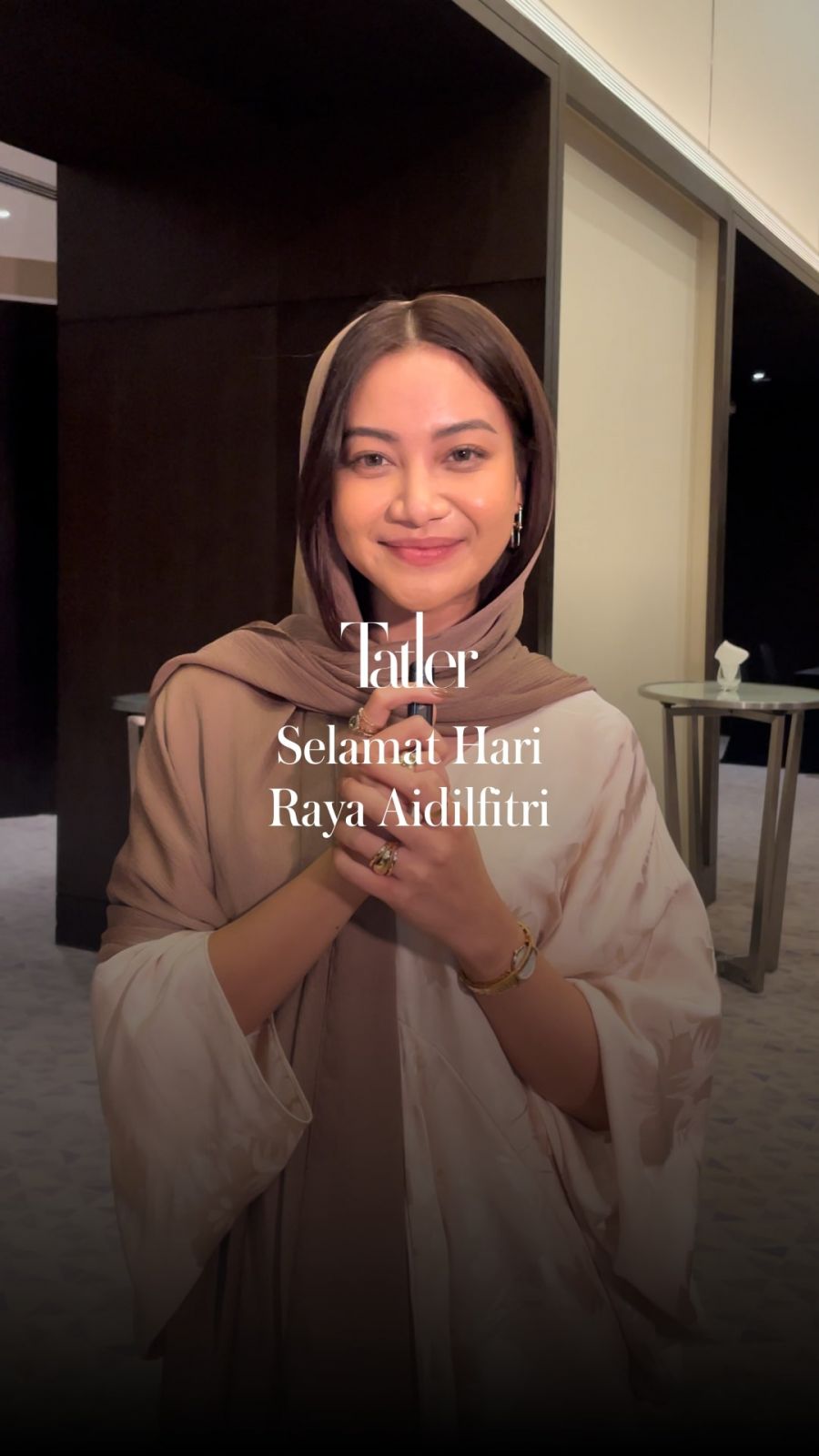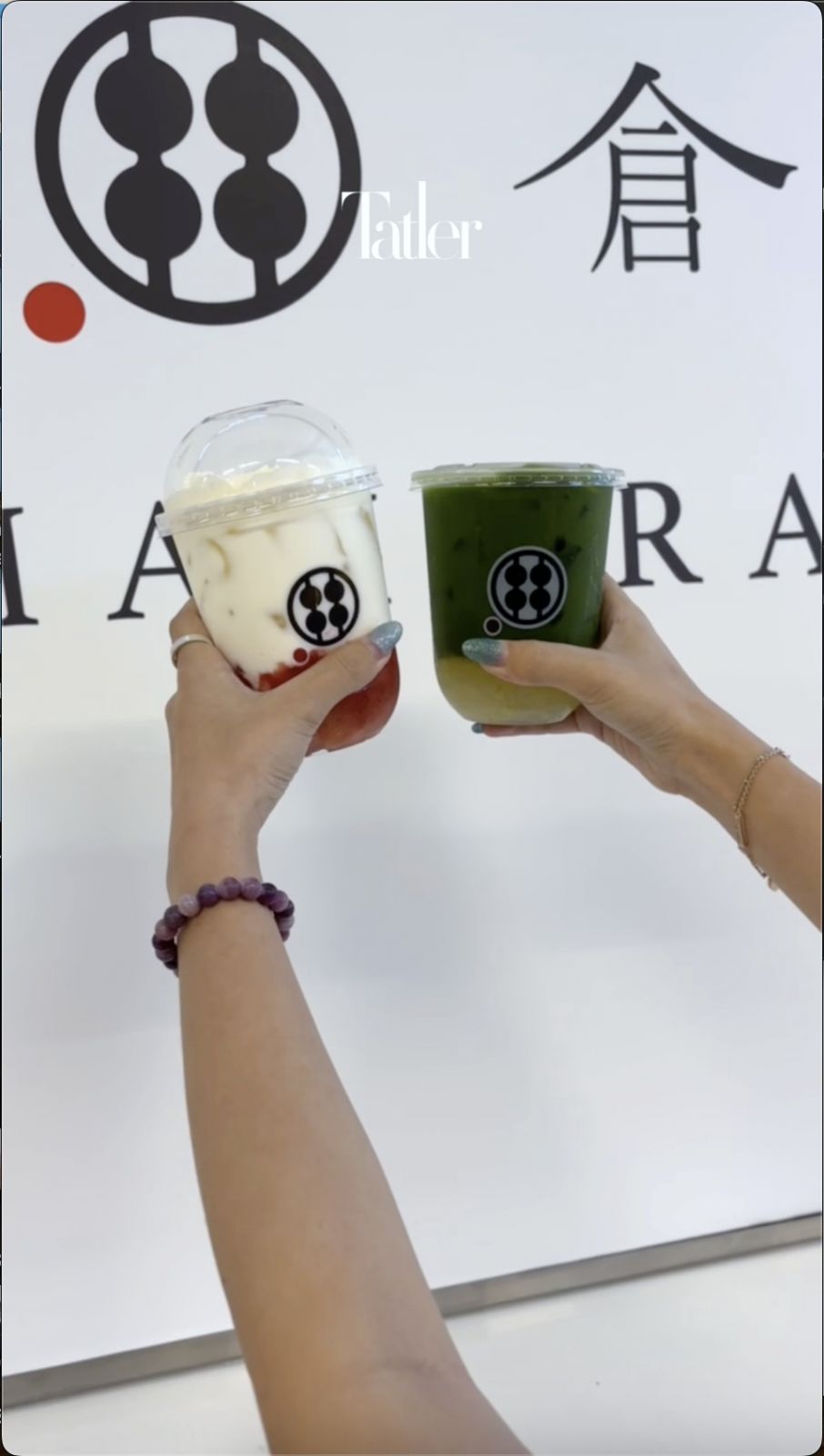Learn the meaning behind the symbolism of classic Diwali (also known as Deepavali) decorations and customs
Deepavali, more aptly known as the “Festival of Lights”, is a radiant celebration that illuminates the hearts and homes of millions across South Asia and beyond. Rooted in ancient traditions, it represents hope, love, and renewal, weaving a tapestry of cultural significance through generations.
From the bindi to the oil lamps to the magnificent peacock, let’s shed light on some of the key symbols of Deepavali and the cultural significance they carry that enrich this festival’s vibrant traditions.
Read more: Deepavali 2023: Dining promotions and food gifts to indulge in when celebrating
1. Diya

Pronounced dee-ya and more commonly known as an oil lamp, a diya is a small clay oil lamp and the main symbol of Diwali. Usually made from earth with cotton wicks suspended in a pool of vegetable oil or ghee to help them burn, many diyas are sold plain and can be painted with beautiful colours and patterns.
In Hinduism, the diya symbolises knowledge and the choice of light over darkness, destroying the reign of ignorance. As the word “Deepavali” translates to “row of lights” from Sanskrit, the lighting of diyas is an important part of the celebration, seen in houses and lining the streets of the cities.
See also: 4 important Indian architects to know














